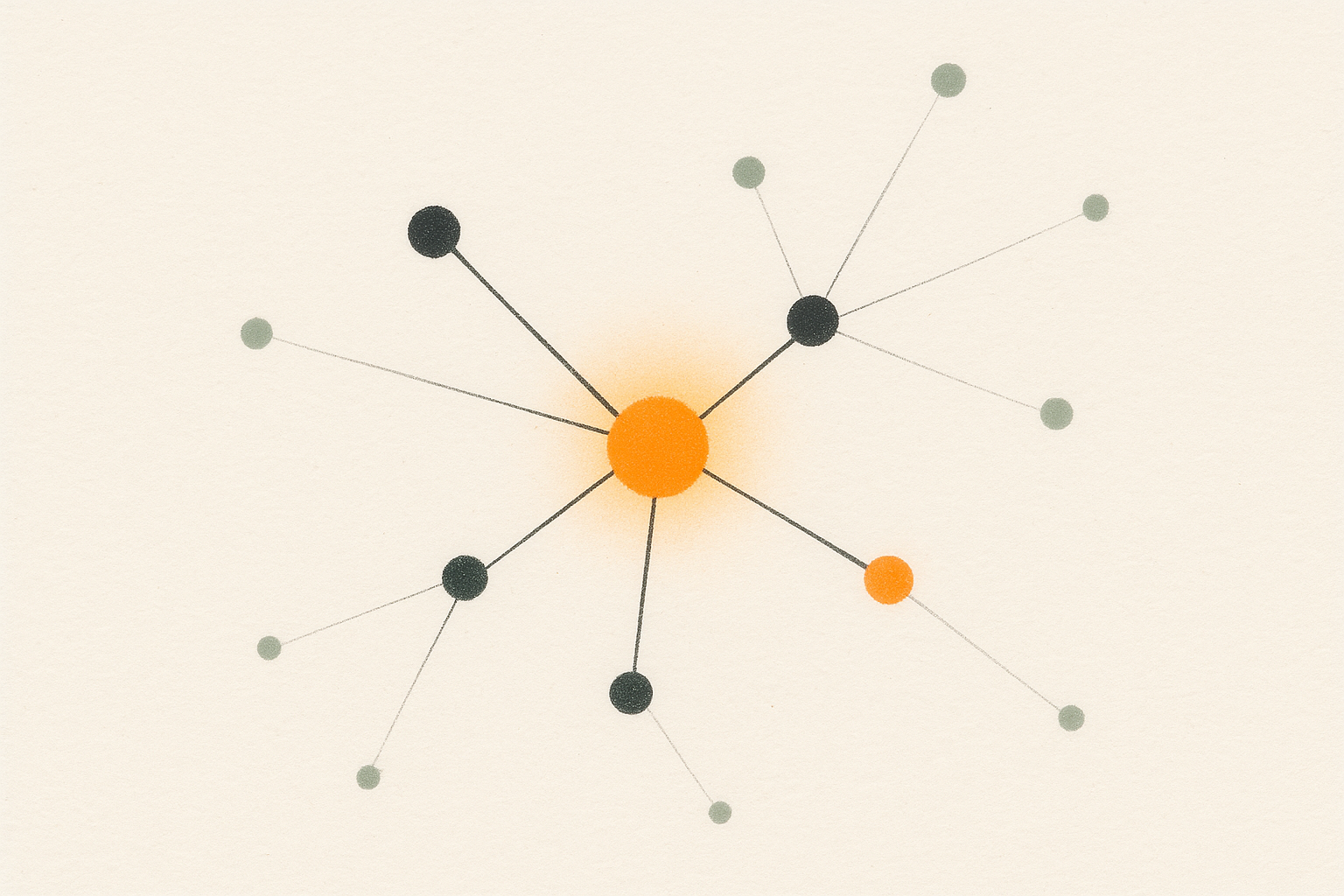In foresight work, few concepts are as fundamental as weak signals and trends. Both are essential for building futures intelligence, yet they serve very different roles. Understanding the difference between weak signals and trends helps professionals strengthen their foresight process and explain its value to stakeholders.
Examples of weak signals
Weak signals are the earliest hints of change. They are often fragmented, uncertain, and easy to overlook. A weak signal might appear as:
- A prototype or early-stage technology
- A niche consumer behavior in a small market
- A policy experiment in a single city
For example, a handful of new energy storage startups could be seen as weak signals pointing toward potential disruption in clean mobility. Weak signals are valuable because they surface possibilities before they are widely recognized.
Examples of trends
Trends are more established patterns of change that can be observed and measured over time. They are supported by multiple data points and visible across industries, regions, or societies. Examples of trends include:
- The global shift toward electrification of transportation
- Growing demand for plant-based proteins
- Widespread adoption of remote and hybrid work
If weak signals are early whispers of change, trends are clearer and louder indications of where things are heading.
How to turn weak signals into trends
Weak signals and trends are connected stages of development. When enough weak signals cluster, reinforce one another, and persist, they evolve into recognizable trends. This connection is why foresight work cannot focus only on established trends. By the time a trend is clear, competitors may already be acting on it. The real advantage lies in capturing weak signals early and monitoring their development into trends.
Why the distinction matters in foresight work
Foresight, strategy, and innovation professionals must work with both weak signals and trends:
- Weak signals help anticipate shifts before competitors see them.
- Trends help validate, prioritize, and communicate strategic choices.
Common pitfalls include treating all weak signals as equally important, overlooking signals outside one’s immediate industry, or relying only on established trends. Without weak signals, foresight becomes reactive rather than proactive.
How to manage weak signals and trends systematically
To create real value, organizations need a structured way to capture, categorize, and track both weak signals and trends. A foresight platform like FIBRES makes it easier to:
- Collect weak signals in one place
- Cluster signals to see emerging patterns
- Track how signals develop into trends
- Share foresight intelligence across teams
Instead of scattered notes and individual interpretations, you build a living collection of future developments that informs strategy and innovation.
Conclusion
Weak signals and trends are two sides of the same foresight coin. Weak signals reveal what might be coming, while trends show what is already unfolding. Both are essential, but it is their connection that enables organizations to anticipate change and act with confidence. With the right foresight process and tools, early hints can be transformed into actionable insights.

